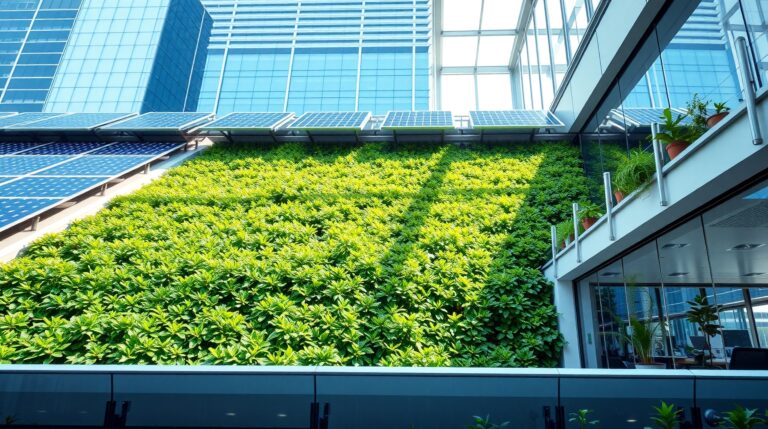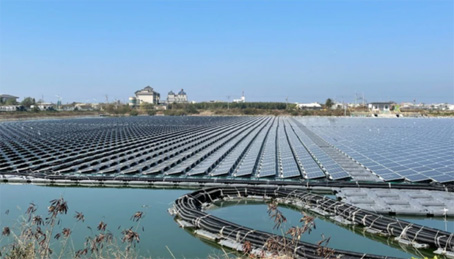Grids in Crisis: A Wake-up Call for Europe
Published in the April 2025 issue of The Energy Industry Times.
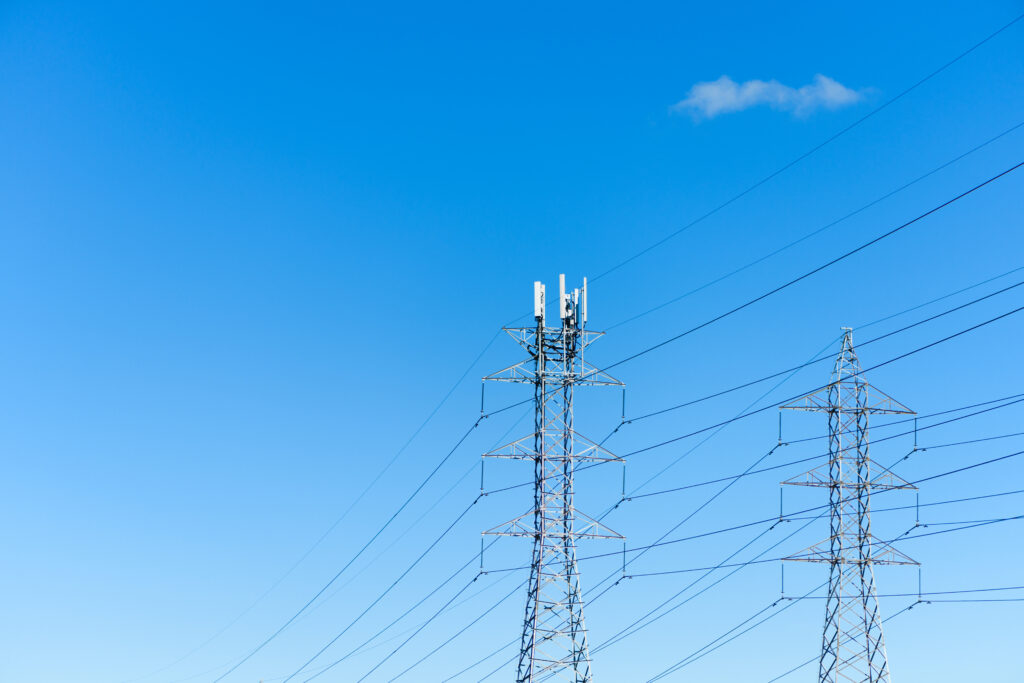
Failing to heed the lesson from the Netherlands, could cost Europe tens of billions of euros annually, says de Boer.
The transmission grid congestion crisis in the Netherlands is a clear signal of what’s to come across Europe. Ynse de Boer argues that without urgent action, economic growth could slow, energy investments could stall, and climate targets could slip further out of reach
Across Europe, governments and businesses are moving to adopt clean energy. But in the Netherlands, a crisis-in-slow motion threatens to stall this progress – grid congestion. Left unaddressed, this challenge could derail economic growth, jeopardise climate targets, and set a dangerous precedent for Europe.
Grid congestion arises when the electricity infrastructure cannot accommodate the influx of power, particularly from renewable sources like wind and solar, and deliver it when and where it’s needed. In the Netherlands, the grid is at capacity, with operators like TenneT and Liander estimating wait times of up to 10 years for businesses to secure a connection or expansion. A study by BCG and Ecorys calculates the damage of grid congestion to the economy of the Netherlands at up to €40 billion annually.
This isn’t just a Dutch problem – it’s a warning for Europe at large.
A harbinger for Europe
As other European countries ramp up renewables and electrification, they risk falling into the same trap: a grid unable to handle the future it was built to power.
Germany has seen renewable production hit record highs, yet grid limitations routinely force wind farms in the north to curtail generation because the electricity can’t be transported efficiently to demand heavy regions in the south. In 2023 alone, these constraints led to the curtailment of approximately 19 TWh of renewable energy – enough to power over 5.6 million German households for a year.
France, traditionally reliant on nuclear power, faces a different challenge. While nuclear offers steady supply, integrating decentralised renewable sources like solar and wind requires a more flexible, modernised grid. Without significant upgrades, France risks grid congestion that could stall its clean energy transition.
In the UK, growing demand from electric vehicle (EV) adoption and home electrification is placing unprecedented strain on the grid. The UK’s National Grid forecasts that peak electricity demand could rise up to 50 per cent by 2035. Without strategic investments in grid capacity and energy storage, congestion will become inevitable.
These examples underscore why the Dutch crisis is a clear signal of what’s to come across Europe. Without urgent action, economic growth could slow, energy investments could stall, and climate targets could slip further out of reach.
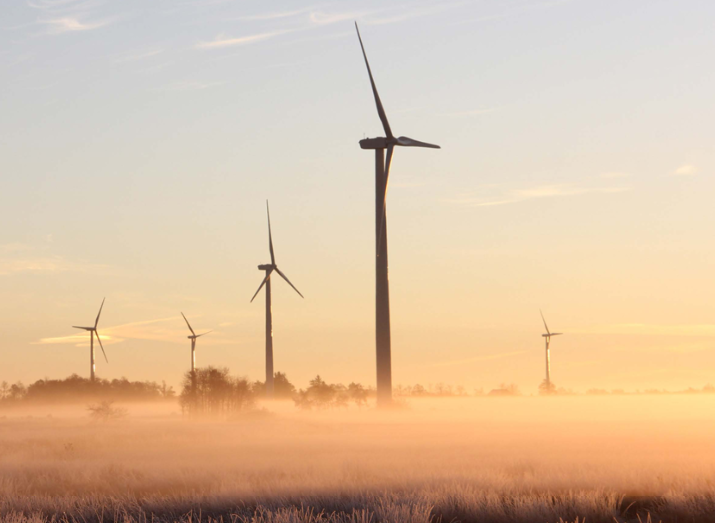
Rethinking the grid
At the heart of this looming grid congestion crisis lies the transition to an increasingly variable and decentralised energy system.
Wind farms, solar parks, large scale battery installations, and EV charging infrastructure interact with the grid, generating and consuming clean electricity at scale. This increases variability and spreads power generation more widely across the network.
However, much of Europe’s grid infrastructure was designed for a centralised energy system, where large power plants – coal, nuclear, or gas – delivered electricity steadily to homes and businesses.
This old-style infrastructure struggles to cope with the surge of intermittent renewable energy being fed into the system, at ever more geographically dispersed points like remote wind farms or rooftop solar installations all over the map.
The result is a grid ill-equipped to transport power efficiently from where it’s generated to where it’s needed most, leading to imbalances, wasted clean energy, and, ultimately, bottlenecks that stall progress and economic growth.
While investments in grid upgrades and cross-border infrastructure projects are underway, they remain insufficient to meet the rapid surge in demand and decentralisation of energy supply.
Eurelectric estimates that Europe will need to double grid capacity by 2050 to integrate variable renewable generation and decentralised assets. Yet current investment levels fall far short, with only 30 cents invested in grid development for every euro spent on clean energy generation – when it should be closer to 67 cents.
To prevent grid congestion from derailing the energy transition, Europe must look beyond large-scale grid upgrades and embrace decentralised energy solutions.
Decentralised solutions
First, technologies such as microgrids, battery storage, and behind-the-meter systems allow businesses and communities to generate and store energy locally, easing pressure on overstretched national grids.
By integrating renewable sources like rooftop solar and pairing them with on-site batteries, companies can stabilise supply and increase independence from grid infrastructure constraints.
Second, an equally important strategy is the adoption of intelligent software to connect with all the energy system’s component parts and to optimise energy flows and balance supply and demand in real-time.
Combinations of such systems can store surplus energy, such as excess solar power generated during the day, and release it during periods of peak demand.
A prime example comes from the Netherlands’ largest supermarket chain, Albert Heijn, which faced grid constraints as it electrifies its vehicle fleet, and turned to Univers, global market leader in software to manage advanced new energy systems.
To overcome its grid constraints and electrify its fleet, Albert Heijn installed an energy infrastructure that includes on-site power generation, battery storage, and EV charging. Univers deployed their software platform to integrate the component parts of Albert Heijn’s energy infra- structure and provide automated, real-time control. Connected through IoT and orchestrated by AI, the system not only ensures Albert Heijn’s fleet remains operational but also reduces strain on the national grid.
Such innovations not only maximise the efficiency and effectiveness of existing grid capacity but also create more flexible, resilient energy systems capable of meeting the demands of a rapidly electrifying and growing economy.
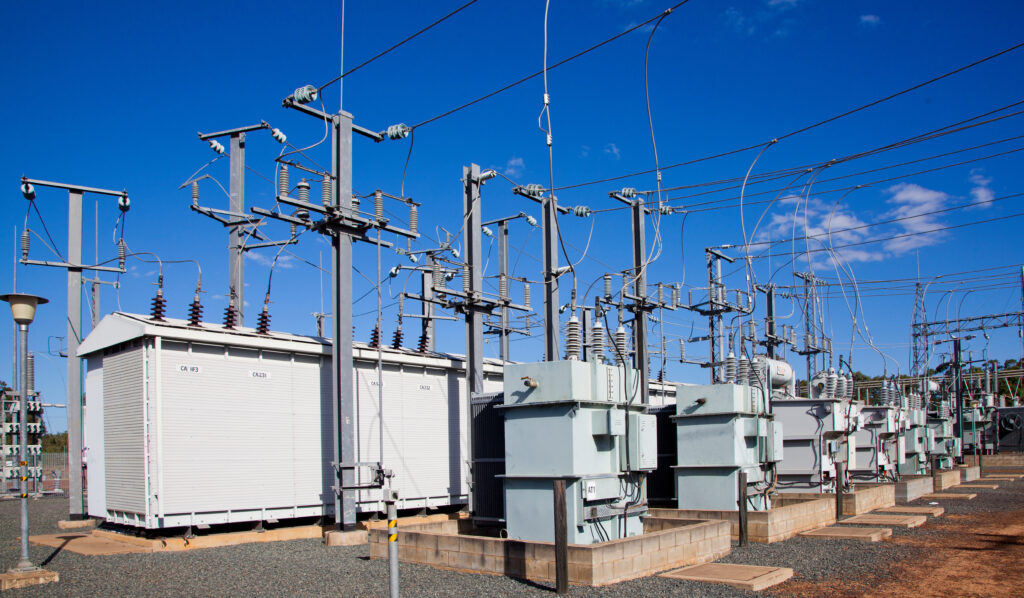
A race against time
The Dutch case demonstrates what happens when grid congestion reaches its breaking point.
Businesses face delays or outright refusals for new power connections or expansions. Industrial parks can’t electrify operations, and companies keen to scale up sustainable energy projects are left in limbo and postpone or cancel their investments.
When businesses can’t access power, they cannot grow. When renewable energy is curtailed, their economics become less favourable and emissions targets slip further out of reach.
For the rest of Europe, this is not a distant issue. As renewable energy adoption accelerates and electrification grows, policymakers, grid operators, and businesses must treat grid modernisation as a priority, not an afterthought.
The stakes are high: grid congestion is not just about energy – it’s about economic growth, environmental progress, and Europe’s ability to lead the global transition to clean energy.
Companies like Albert Heijn and Univers are already tackling these challenges by integrating decentralised energy solutions that reduce reliance on overburdened grids.
As an independent investor, advisor, and (non-) executive director in climate technology businesses– and a former Managing Director of Accenture’s Sustainability Services – I see firsthand how smarter energy systems are critical to ensuring Europe doesn’t stagnate in its clean energy ambitions.
If we fail to heed the lesson from the Netherlands, the annual cost could reach tens of billions of euros – and time that neither businesses nor the climate can afford to lose.
Ynse de Boer is an independent advisor.






